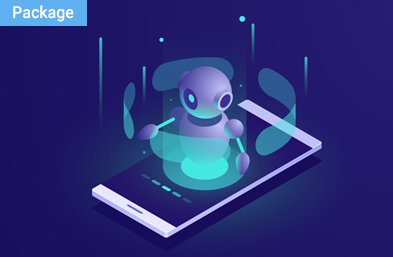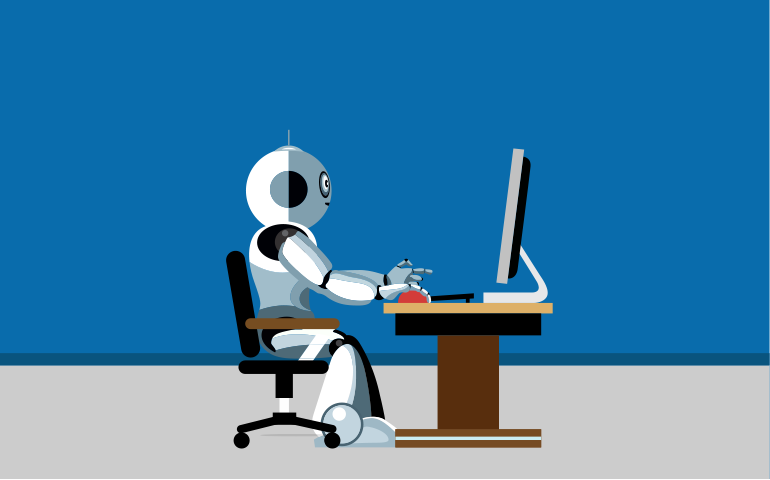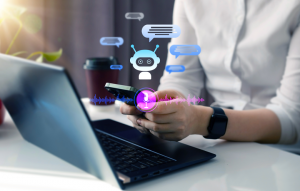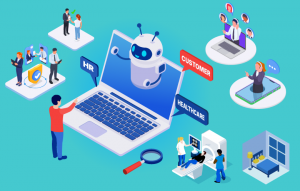Over the past year, many companies across several industries have developed chatbots, either for use within the organization, or as is more common, for their customers. In our recently conducted webinar on chatbots, we discussed how chatbot adoption is increasing, the best practices for conversational UX and chatbot implementation strategies along with cognitive services adoption. In this blog post, we will discuss why you can no longer afford to ignore chatbots.
80% of brands want chatbots for customer interactions by 2020; 36% already have them. – Oracle
Mattel, Fandango, Baidu, NFL, NBA, Whole Foods, Taco Bell, Domino’s, Pizza Hut, Burger King, Disney, Tommy Hilfiger and Fiat are some of the well-known brands that have launched chatbots.
The primary motive of all these companies and others who are developing chatbots is to deliver better customer service through a conversational UX. Consumers no longer want to wait for a customer service representative to answer their routine questions. A chatbot can quickly help customers with rapid responses in human like utterances using information fetched from various company databases.
At the same time, the agent’s productivity can be increased by letting him focus on queries that do require human interaction. Even queries that are being handled by chatbots can be transferred to a human agent if the need arises. Such switching helps the company automate basic level queries that do not require human input.
By April this year, there were over a 100,000 bots available on Facebook Messenger
Chatbots are quickly becoming popular among consumers today and this means that they are able to discern between a well-designed bot and one that just gives out basic replies. Enterprises can no longer built a static, rule-based chatbot and hope to please their users.
Companies are now building AI-based bots. This does not mean that there are self-aware chatbots replacing human workers. The intelligent bots that understand human language and reply in a human-like language are based on a technology called natural language processing (NLP).
NLP involves free text input by the user and the chatbot needs to interpret it correctly. The NLP bot also needs to be retrained based on user inputs. This involves analyzing how well it is performing the task. Another important aspect is providing sufficient amount of data for the NLP model to be trained on. This will ensure that your bot gives out sensible responses. The webinar explains all these factors in more detail.

AI-BASED CHATBOT IMPLEMENTATION STRATEGY
Softweb’s AI-based bot implementation strategy is specifically designed to help companies understand how to build and deploy intelligent chatbots.
The webinar’s poll results show that most businesses are planning to build chatbots in the near future in order to deliver better customer service.
Poll Question 1: What is the roadblock you are facing to implement chatbots in your organization?

Poll Question 2: Which job functions do you think can be automated by chatbots?

Poll Question 3: Have you considered adopting chatbots in your organization?

The overall results of the poll questions show that most of the respondents see value in creating a bot for their organization. But there is a lot more that goes into delivering a good conversational UX via chatbots. To know more on the subject, talk to our experts.









